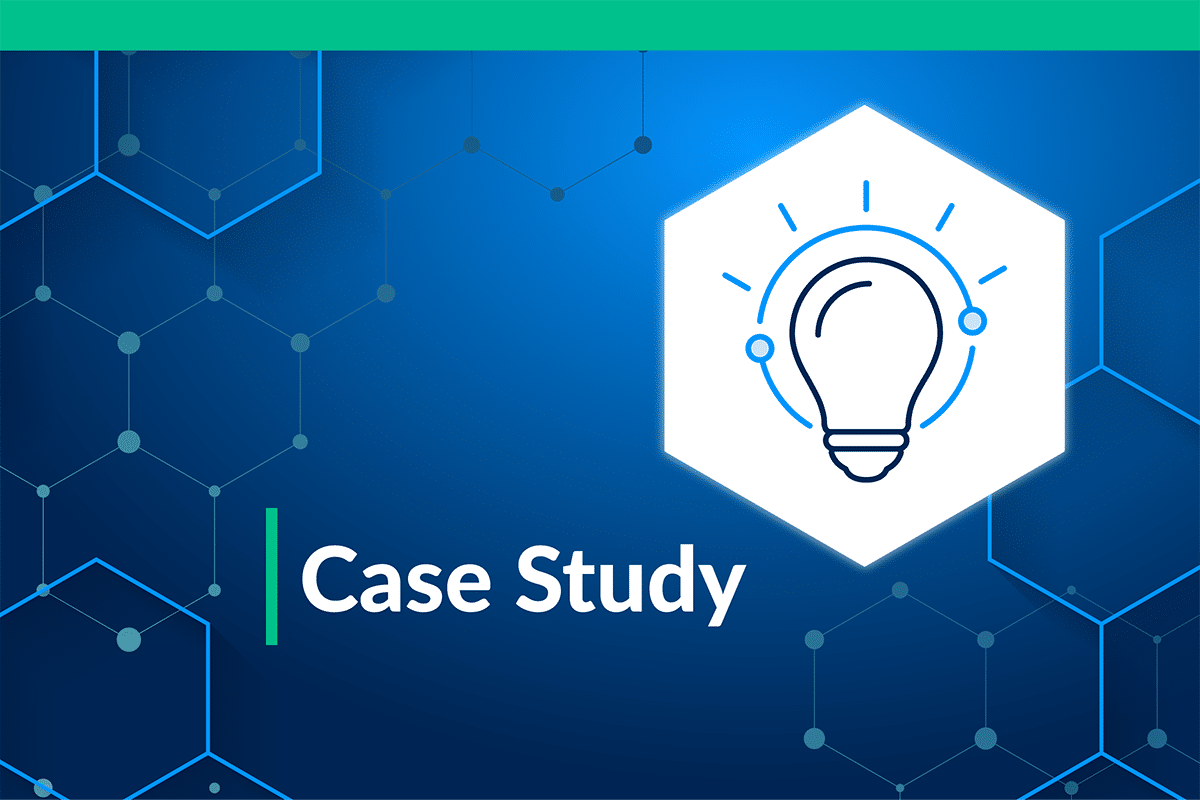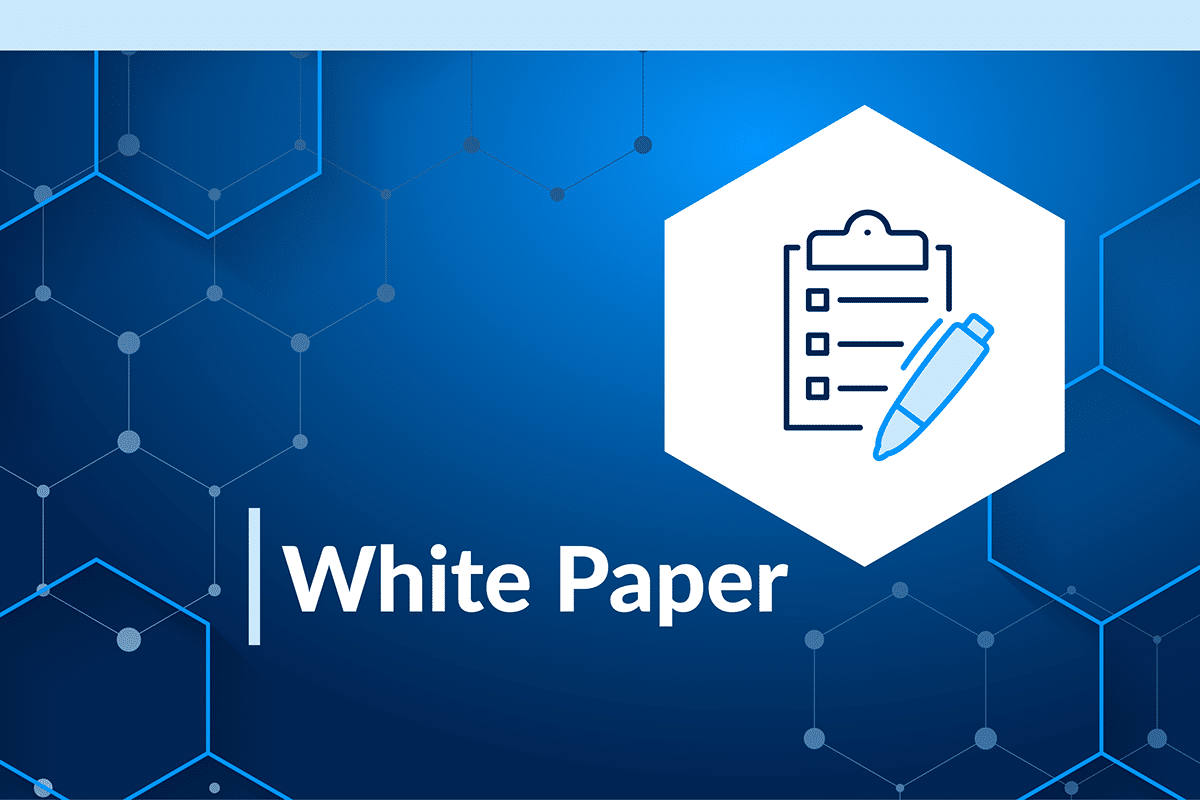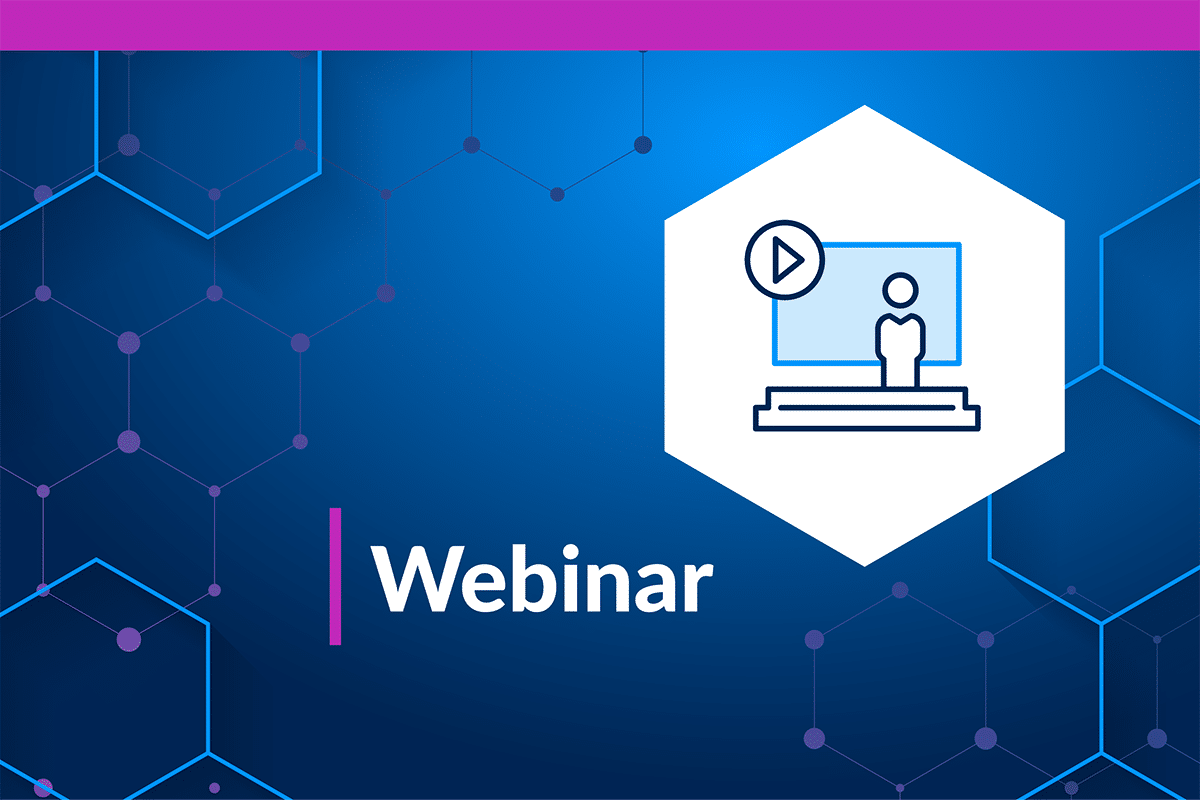In response to California’s Whole Person Care (WPC) initiative set forth by the state in 2020, grant funding was offered to CA counties with the goal of supporting unmet needs for high-risk populations, such as homelessness, as well as offering a range of comprehensive services.
With the grant funding, one California coastal county sought to find solutions in support of these objectives. Lacking the infrastructure needed to house multiple data sources into a single person view, the Health Care Services Agency (HCSA) understood that increased integration and collaboration requires a 360-degree view of a member, inclusive of all clinical, social, and financial support data in one centralized location. As the backbone for a successful 360-member view, a key function would be the ability to tie up to 23 different data sources back to a particular member, even under challenging circumstances, such as a name change, gender change, or homelessness.
Additionally, this county recognized a strong need for data sharing across entities engaged in serving this high-risk population to increase quality of care, reduce errors and duplicate data, and offer increased coordination of care.



